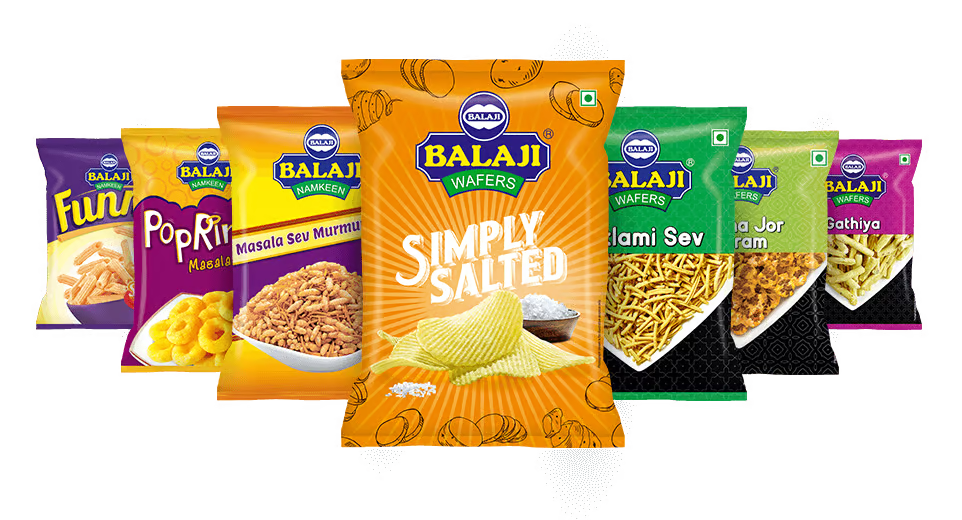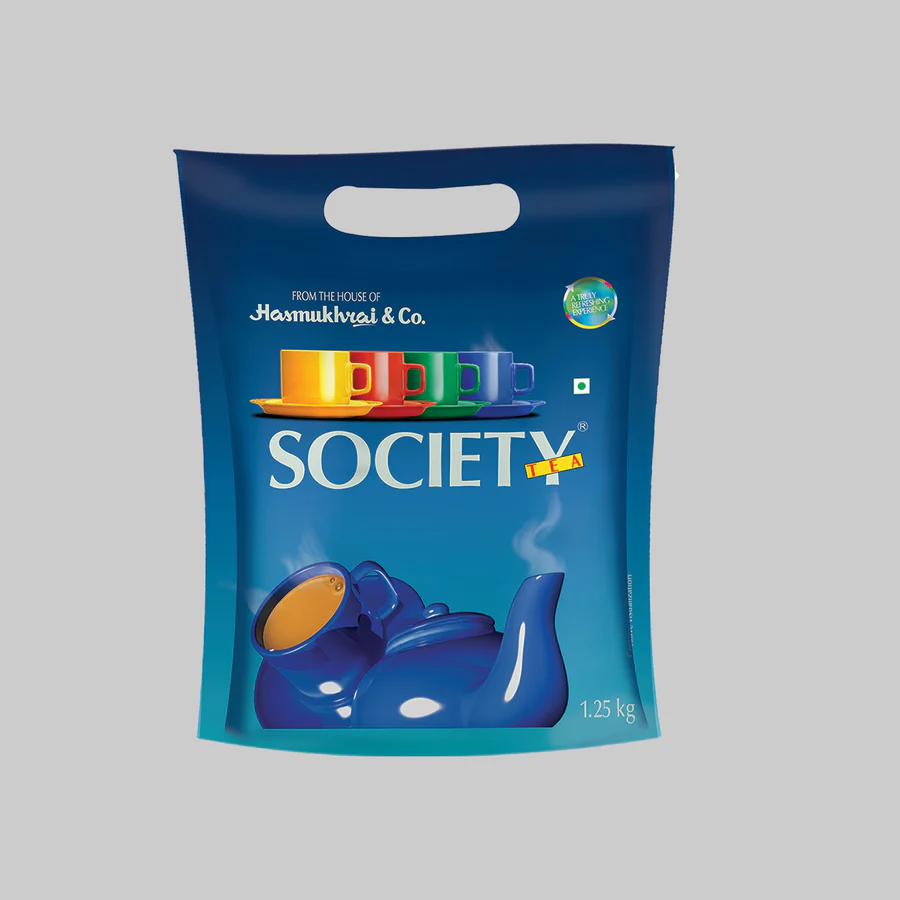Unforgotten Brands – Balaji Wafers

Balaji Wafers’ growth from a modest cafe to a top Indian brand is a monument to the Viranis endurance, creativity, and quality devotion
In 1972, at the age of 15, Chandubhai Virani, along with his brothers Bhikhubhai and Meghjibhai, migrated from Dhundhoraji, a small village in Kalavad Taluka, Jamnagar district of Gujarat, to Rajkot. Their father, Popatbhai Virani, a farmer, sold their ancestral agricultural land and gave the brothers ₹20,000 (approximately US$250) to venture into business, hoping to create a name for themselves amidst the challenging agricultural conditions.
Early Ventures and Challenges
The trio initially embarked on a venture involving agricultural products and farm equipment in Rajkot. However, due to their inexperience, they faced failures and were cheated, leading them to pivot to a different business.
After two years of struggle, they decided to sell refreshments at a local cinema called Astron. Chandubhai took on multiple roles at the canteen, including sticking posters, doorkeeping, and ushering, earning a modest monthly salary of just ₹90.
At Astron Cinema, Chandubhai began dreaming big. Two key developments helped him see the larger picture. First, the family received the contract to manage the cinema canteen. They initially made masala sandwiches for the cafeteria, which were popular but highly perishable. This led Chandubhai to switch to selling wafers instead of sandwiches. The second development was the growing popularity of wafers among cinema-goers, with demand outstripping supply. However, the supplier’s inconsistency and the delivery of damaged wafers prompted Chandubhai to take matters into his own hands.

Founding Balaji Wafers
In 1982, with an investment of ₹20,000, Balaji Wafers was officially established. Chandubhai set up a small shed in his verandah and began making chips, which quickly became popular. This initial success led the theatre owner to partner with Chandubhai, allowing him to run three canteens and distribute wafers to 25-30 merchants.
Balaji, named after a small glass idol of Lord Hanuman kept in the Viranis’ room, soon gained popularity not only within the cinema hall but also outside.
The Virani brothers faced early challenges, including retailers who defaulted on payments or claimed the wafers were spoiled. Undeterred, they expanded their reach by distributing their products on bicycles and later on bikes, moving from one hinterland outpost to another. The quality and taste of Balaji wafers earned them a strong reputation over the next few years.
Growth and Expansion
Until 1989, the wafers were produced at the Viranis’ house and distributed around Rajkot. As the business grew, the brothers set up a potato wafer facility near Rajkot city at Aji GIDC (Industrial Zone, Rajkot) in 1989. By 1992, Balaji Wafers Private Limited was established, with four facilities spread across the nation.
Balaji Wafers operated with a focus on quality and customer satisfaction rather than meeting sales targets. Their commitment to bringing happiness to all stakeholders—consumers, retailers, distributors, and employees—was central to their business philosophy.

Overcoming Hurdles
In the early days, one major challenge Chandubhai encountered was meeting the demand for his wafers while making them by hand, which resulted in inconsistencies. When he found standard potato stripping and cutting machines to be prohibitively expensive, Chandubhai creatively assembled his machine from various parts for just ₹5,000. This innovation allowed him to produce consistent, high-quality wafers, laying the foundation for the Balaji brand.
In 2017, Pepsico, the parent company of Lays, sued Balaji Wafers, claiming that Balaji copied their design. Chandubhai argued that Lays was suing them due to Balaji’s rapid growth. Although the high court ruled in favour of Lays, requiring Balaji to change its design, Chandubhai and his team remained undeterred. In 2018, they revamped their entire packaging. Despite concerns that this change might hurt their brand, Chandubhai believed in the strength of his product and the loyalty of his customers. His confidence was validated as Balaji Wafers continued to grow, with their market share increasing at 20 to 25% annually while Lays’ market share decreased.
Future Prospects
As Balaji Wafers looks to the future, they face the challenge of expanding into new states in their quest to become a pan-India player. The journey of Balaji Wafers from a small canteen business to a leading brand in the Indian snacks industry is a testament to the Virani brothers’ perseverance, innovation, and commitment to quality. Their story underscores the importance of adaptability and resilience in the face of challenges.



